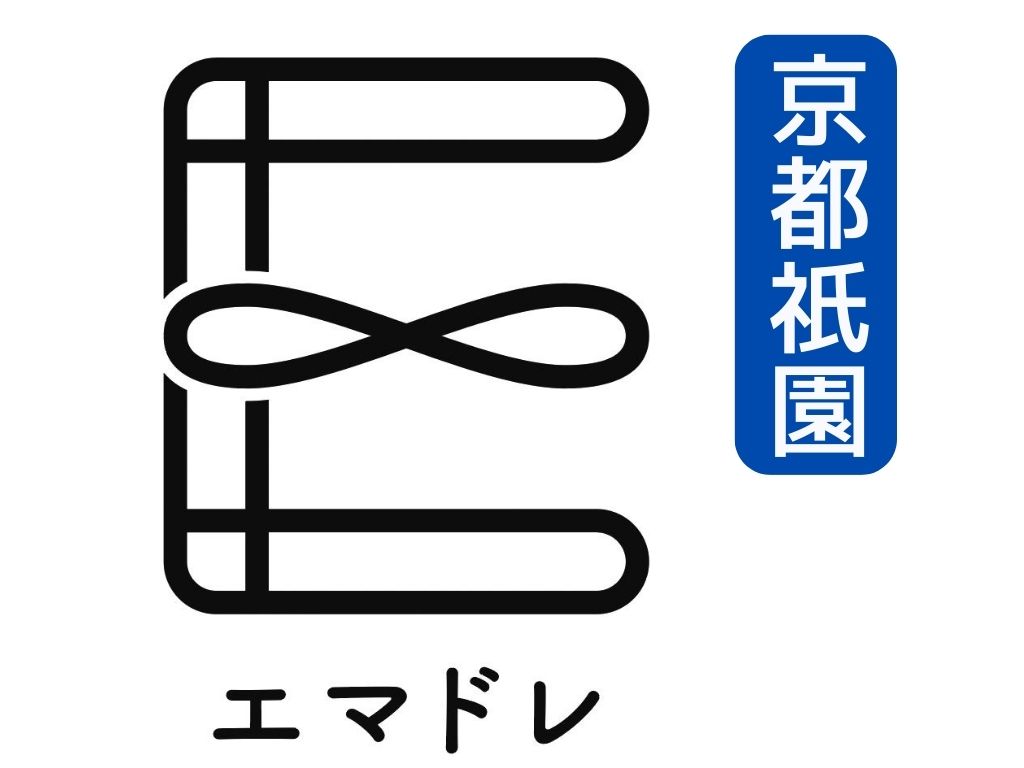Print circulars may seem like an outdated promotional tool but recent studies show that consumers still rely on printed ads to inform their purchasing decisions. This is why a regional grocery chain has decided to reintroduce their printed circular after discontinuing it earlier this year. Consumer demand for print circulars remains strong, making them an essential component of retailers’ marketing strategies.
Navigating print and digital media in retail marketing strategies
The significance of print circulars in retailers’ promotional strategies is well-established, but the current challenge lies in optimizing marketing efforts amidst the rise of digital engagement. As costs increase and profitability pressures mount, marketers are faced with the task of determining which media channels to prioritize. While print circulars remain a crucial component, finding the right balance between traditional and digital media has become a struggle. Some brands and grocers have made the mistake of overemphasizing digital media at the expense of print, resulting in a loss of customer shopping trips. It is crucial for marketers to conduct market-by-market analysis and focus on what actually works rather than solely relying on cost or other perceptions.
Consumer data supports the value of print advertising methods
Today’s consumers are not bound by the medium when it comes to utilizing deals. They skillfully navigate between traditional and digital platforms, tapping into the strengths of both. While digital methods are undoubtedly gaining traction, the core message remains — printed circulars hold substantial value. According to the 2023 CPG + Grocery TrendWatch report from Vericast, 72%1 of consumers regularly look at ads that come in the mail, and 69%2 deploy circulars to strategize their shopping escapades.
Delving deeper, paper coupons continue to hold their ground:
- 67% of all consumers surveyed still use paper coupons
- 71% of parents continuing to rely on them
- 67% of Gen Z report using coupons
On the other side of the spectrum, the rise of digital coupons is unmistakable:
- 69% of consumers are embracing digital coupons
- 80% of Gen Z and millennial parents are utilizing them
- 76% of millennials and 75% of Hispanic consumers are also turning to digital coupons for savings
Consumers on average retain circulars for about 3.5 days, facilitating their purchase planning. Notably, 45% of shoppers either preserve the printed circular till their primary grocery run of the week or accompany it to the store. A key takeaway from this trend, especially amidst rising prices, is that 40% consumers are dedicating more time to mail-based marketing and promotional materials, underscoring the ongoing relevance of print circulars in securing consumer engagement and propelling sales.
Marrying traditional with digital creates a modern marketing mix
The numbers unmistakably underline that retailers sidelining print circulars might be sidelining a significant portion of their potential market. To thrive, retailers need to mold a marketing strategy that combines the traditional charm of print with the dynamic allure of digital deals. It’s imperative to engage consumers at every potential point of contact, whether they’re surfing online or scanning through printed circulars at home, charting out their shopping journey.
Printed circulars aren’t exclusive tools for niche businesses or regional vendors. Even major grocery chains are awakening to their significance, integrating them back into their promotional tactics. Vericast is also committed to providing retailers with the tools they need to succeed in a multichannel environment. Vericast’s Save Direct Mail solution enables retailers to distribute printed circulars featuring the latest deals and promotions to nearly 70 million households.
It’s all about meeting the wants and needs of today’s consumers
The popularity of printed circulars is a reminder that traditional media still has a place in today’s interconnected marketplace. Consumers still value printed ads and use them to inform their purchasing decisions. Retailers that embrace a balanced approach to marketing and incorporate printed circulars into their strategies will be better positioned to succeed in a highly competitive retail landscape.
Continue Your Learning Journey
Interested in diving deeper into the potential of print? Explore Vericast’s “Shared Mail eBook: Direct Mail + Co-op = Win-Win-Win.” This resource examines the value of direct mail, cooperative mail and choosing the right provider for effective and cost-efficient consumer engagement. For the latest insights, don’t miss out on the 2023 CPG + Grocery TrendWatch.
SOURCE Food Dive.
 Pages you might like
Pages you might like








 Latest information
Latest information
 Follow official account
Follow official account
 Online support
Online support
 鄂ICP备2022017323号
鄂ICP备2022017323号
 鄂公网安备 42018502006493
鄂公网安备 42018502006493
 Launch Exhibition
Launch Exhibition
 Release information
Release information



 Today's topic
Today's topic
















